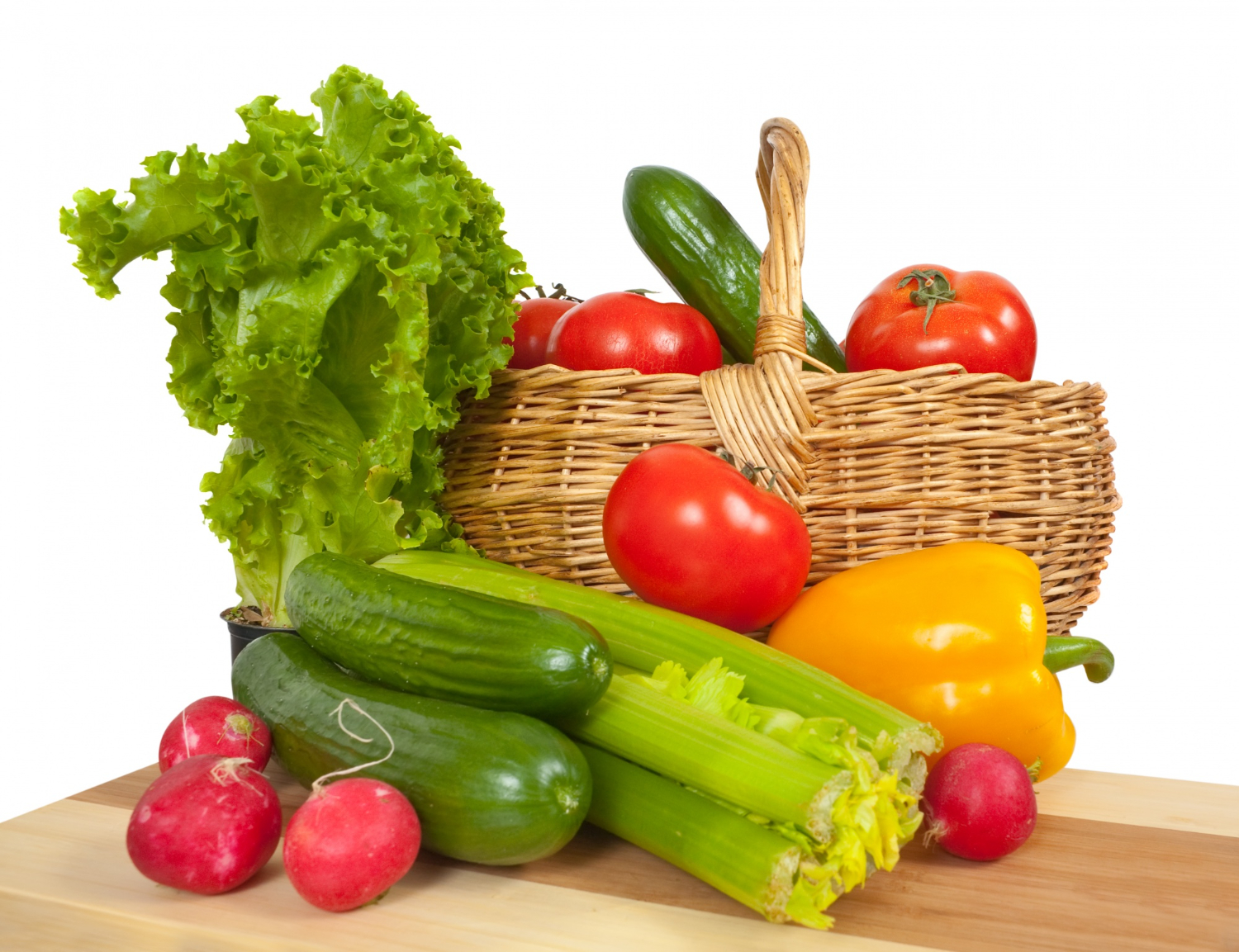Freezing food is a great way to keep leftovers, save time, and reduce food waste. However, while many foods freeze well, there are some you should steer clear of at all costs.
These foods you should never freeze can change texture, lose flavor, or even become unsafe once frozen. When you try to use them later, freezing them could result in a disappointing texture or taste. This article will look at 15 foods you should never freeze and what happens when you do.
Foods You Should Never Freeze
The reasons behind why you should avoid frozen food are given below:
1. Lettuce and Other Leafy Greens
What Happens: The high water content of lettuce, spinach, arugula, or kale causes their cells to burst when frozen. Once thawed, they become limp and soggy and lose their crisp texture.
Why Not to Freeze: Leafy greens, such as lettuce, are highly perishable and best eaten fresh for optimum flavor and texture. You Should Avoid freezing these foods. You can freeze other greens, like spinach or kale, after blanching for cooking; however, they are not well suited for raw use once frozen.
Pro Tip: Store in the fridge and use within a few days. For longer-term storage, try dehydrating or blanching before freezing for use in soups and casseroles.
2. Eggs in Their Shell
What Happens: When frozen, eggs expand in their shells, causing them to crack and, quite possibly, leak. Once that happens, the egg becomes an open door to bacterial contamination and is no longer safe to consume.
Why to Avoid Freezing: You can freeze eggs out of the shell, beaten, or as egg whites, but freezing whole eggs in the shell is not suggested. The liquid expansion inside compromises the integrity and safety of the egg.
Pro Tip: If you have to freeze eggs, crack them and beat them first, then store them in an airtight container. They can be used later in baking or cooking, but it’s best not to freeze raw eggs in the shell.
3. Raw Potatoes
What Happens: Raw potatoes are among those foods you should never freeze because they contain a lot of water. When frozen, this water turns to ice, breaking the potato’s cellular structure.
Why Not Freeze: Raw potatoes without blanching is disappointing because their texture will be pretty unappealing when thawed. The starch in raw potatoes also changes during freezing, which affects the cooking process and results in a soggy dish.
Pro Tip: If you’re going to freeze potatoes, roast, mash, or fry them first, then freeze them in airtight containers or freezer bags for later use.
4. Cream-based sauces and Soups
What Happens: Cream-based sauces and soups separate when frozen, giving a watery texture when thawed. The fat from the cream does not emulsify properly, giving it an unpleasant, curdled consistency.
Why Not to Freeze: Freezing cream-based foods makes them lose their smooth texture. Proteins and fat in dairy products do not handle freezing well and might break apart upon thawing, resulting in unappetizing food.
Pro Tip: To save creamy soups or sauces, prepare them using a starch-based thickener (such as flour or cornstarch) rather than cream, or freeze without dairy and stir in fresh cream after reheating.
5. Fried Foods
What Happens: When fried foods are frozen, the crispy outer layer loses its crunch and turns soggy upon reheating. The oil used for frying also doesn’t freeze well, resulting in a greasy, soft texture.
Why Not Freeze: Fried foods should never freeze. Freezing destroys their texture, and when reheated, they become greasy as all the oil gets soaked into the food.
Pro Tip: If you ever have to freeze fried foods, try freezing them right after they cool down. Then reheat them in the oven or a deep fryer to try and get some of that crunch back. But, as said before, it is best to eat them fresh.
6. Soft Cheeses (Like Ricotta and Cream Cheese)
What Happens: Because soft cheeses like ricotta, cream cheese, and cottage cheese contain a high amount of moisture, they may become quite crumbly, grainy, or even watery when frozen.
Why Not to Freeze: These foods should never freeze because they do not retain their smooth and creamy texture after being frozen.
Pro Tip: If you need to save soft cheeses, use them in cooked dishes like lasagna or baked goods after thaw. If you can help it, do not freeze them in their natural state.
7. Yogurt
What Happens: When frozen, yogurt separates into liquid and solids, so when thawed, it becomes grainy and watery. The texture is less creamy, and the flavor may reduce a little.
Why Avoid Freezing: Yogurt depends on live bacterial cultures for its smooth texture and tangy taste. Freezing can kill off these cultures, affecting texture and flavor.
Pro Tip: If you freeze yogurt, it will be best used in smoothies or for cooking purposes where texture doesn’t matter as much. For optimal enjoyment, consume it fresh.
8. Mayonnaise and Salad Dressings
What Happens: Mayonnaise and other creamy salad dressings are emulsions. When frozen, the water and fat in these dressings separate, causing them to lose their smooth consistency and become oily or watery.
Why Avoid Freezing: Salad dressings like mayonnaise do not freeze well because of the delicate balance between fat and water. Freezing breaks this emulsion, making the dressing unappealing.
Pro Tip: For longer shelf life, keep mayonnaise and creamy dressings in the fridge and consume them within a few weeks. Avoid freezing them if possible.
9. Cucumbers
What Happens: Cucumbers contain more than 90% water. So, when frozen and thawed, they become mushy and watery and will never have that nice crunchiness.
Why Not Freeze: Cucumbers are best used fresh in salads and sandwiches; when frozen and thawed, their innate texture, that perfect crunch, leaves you with something quite unappealing and soggy.
Pro Tip: To keep cucumbers longer, try pickling them. Pickling is a far better way of extending their shelf life while retaining texture and flavor.
10. Watermelon and Other High-Water Fruits
What Happens: When frozen, watermelon, strawberries, and other high-water fruits lose their texture. These are among those foods you should never freeze. The water inside turns into ice and damages the cells; after being thawed, this turns into mush.
Why Avoid Freezing: Watermelon and similar fruits like cucumbers or citrus are meant to be consumed fresh. Freezing ruins their texture, making them inedible.
Pro Tip: You can freeze high-water fruits like watermelon in chunks for smoothies or cocktails but not for fresh consumption after freezing. Dehydrate or can otherwise.
11. Pasta (Cooked)
What Happens: Freezing cooked pasta causes it to absorb water, which turns it into a mushy, overcooked-feeling mess once thawed and reheated. It also loses its flavor and becomes clumpy.
Why Not to Freeze: Cooked pasta doesn’t freeze well; when it is reheated, it will lose shape and texture. If you freeze pasta, it’s best to freeze it slightly undercooked and finish cooking it later.
Pro Tip: Freeze pasta properly by undercooking it for a minute, then toss with olive oil to prevent sticking. Store in an airtight container and add sauce when reheating.
12. Cooked Rice
What Happens: Freezing cooked rice makes it mushy and sticky when reheated. It can harbor harmful bacteria if left out at room temperature for some time before being put in the freezer.
Why Avoid Freezing: Cooked rice absorbs moisture during freezing, making its texture unappetizing. Always store rice properly to avoid foodborne illness risks.
Pro Tip: If freezing rice, make sure it cools down fast before freezing. Try laying it out on a tray to cool, then transfer it into an airtight container.
13. Avocados
What Happens: When frozen, avocados become mushy and turn brown once thawed—their texture changes, while their flavor isn’t that vivacious.
Why Not Freezing: Avocados are best consumed fresh. If you have to freeze them, mash them with lemon or lime juice and store them in an airtight container. Whole or sliced avocados do not freeze well and lose their appeal.
Pro Tip: It’s better to freeze avocados in guacamole or mashed form. Add lemon or lime juice to prevent them from turning brown.
14. Bananas (Whole)
What Happens: Freezing bananas with their peels on makes them difficult to work with. Once thawed, the peels become dark and mushy, and the inside becomes soft and watery.
Why Avoid Freezing: These are foods you should never freeze. Bananas should always be peeled before freezing. If frozen with their peel on, they become messy and unappetizing once thawed.
Pro Tip: Peel bananas, slice them, and store them in an airtight container for smoothies or baking. Whole frozen bananas can also be used in baking recipes like banana bread.
15. Whole Tomatoes
What Happens: Freezing whole tomatoes causes their skins to separate from the flesh; the ice crystals inside the tomato rupture the cells, causing them to become watery and mushy when thawed.
Why Not to Freeze: Whole tomatoes are among those foods you should avoid freezing if they are for fresh use because freezing changes their texture.
Pro Tip: If you intend to freeze tomatoes, blanch and peel them first. Freezing them chopped or pureed is a far better alternative for sauces and soups.
Conclusion
Freezing can be quite a convenient method of extending the shelf life of a lot of foods, though there are some foods that you should never freeze. Freezing can turn the leafy greens into mush, change flavors, and even create unsafe foods.
Knowing freezing limitations and taking proper precautionary measures with each kind of food in mind will prevent spoilage and allow for fresh meals year-round.
Above we discussed the foods not suitable for freezing. Always keep in mind the best preservation methods for each food, and always check for the proper techniques that help retain quality.
Disclaimer
Get Health Hacks is a digital publisher and providing health and wellness content as general information. Our purpose is to provide you information, hacks, and guides to learn and achieve health goals. The content on our website, newsletter, and socials including text, graphics, images, and other material is general in nature. You should have to consult your healthcare provider before starting any nutrition, diet plan, exercise, fitness training, and wellness program.



